
Technical
Why we prefer MASQUE Relays versus VPNs for remote enterprise access
Linda Ikechukwu
October 17, 2025

Technical
Linda Ikechukwu
October 17, 2025

Technical
Linda Ikechukwu
April 1, 2025

Technical
Carl Tashian
September 3, 2024

Technical
Carl Tashian
May 8, 2024

Technical
Carl Tashian
December 20, 2023

Technical
Linda Ikechukwu
November 13, 2023

Technical
Carl Tashian
October 4, 2023

Technical
Linda Ikechukwu
August 2, 2023

Technical
Linda Ikechukwu
July 25, 2023

Technical
Carl Tashian
March 22, 2023

Technical, ACME DA
Carl Tashian
February 28, 2023

Technical
Carl Tashian
January 18, 2023
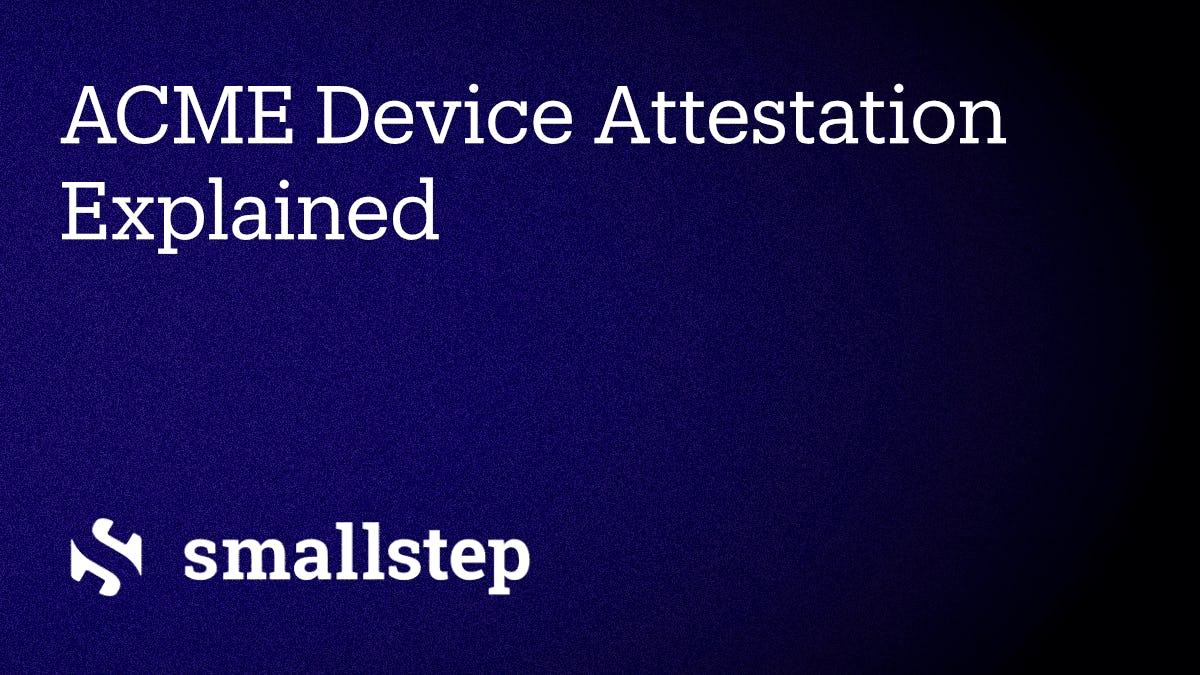
Technical
Carl Tashian
September 28, 2022

ACME DA, Technical
Herman Slatman
September 5, 2022

Technical
Carl Tashian
August 10, 2022

Technical
Carl Tashian
July 13, 2022

Technical
J. Hunter Hawke
July 5, 2022

Technical
Carl Tashian
June 10, 2022

Technical
Carl Tashian
May 26, 2022
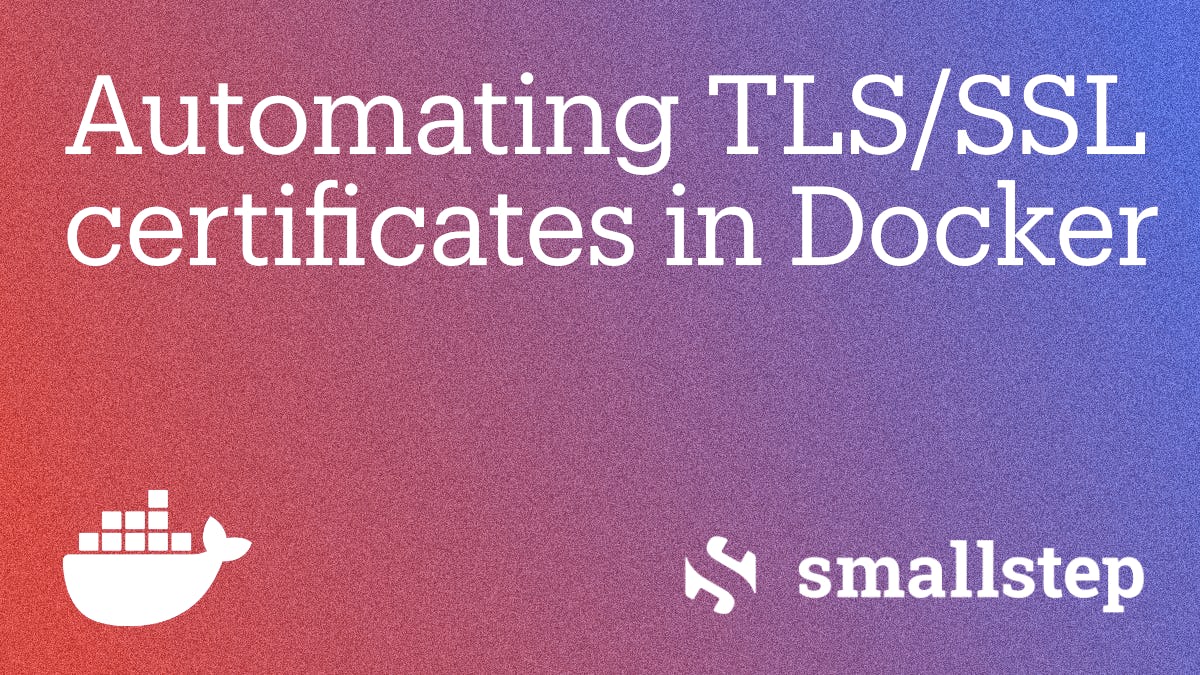
Technical
Carl Tashian
October 25, 2021

Technical
Carl Tashian
October 6, 2021

Technical
Carl Tashian
October 6, 2021

Technical
Carl Tashian
October 6, 2021

ACME DA, Technical
Carl Tashian
July 9, 2021

Technical
Kevin Chen
June 16, 2021
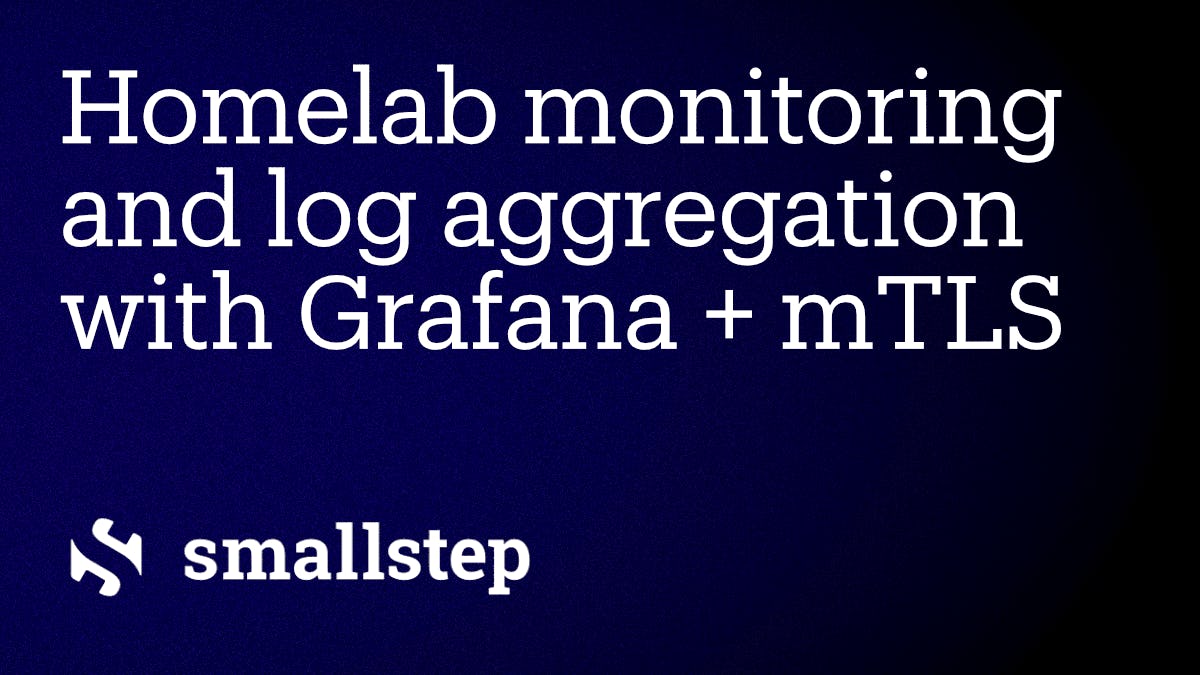
CLI, Technical
Carl Tashian
May 6, 2021

Technical
Carl Tashian
March 12, 2021

Step Certificates, Technical
Carl Tashian
March 10, 2021

Step Certificates, Technical
Carl Tashian
December 23, 2020
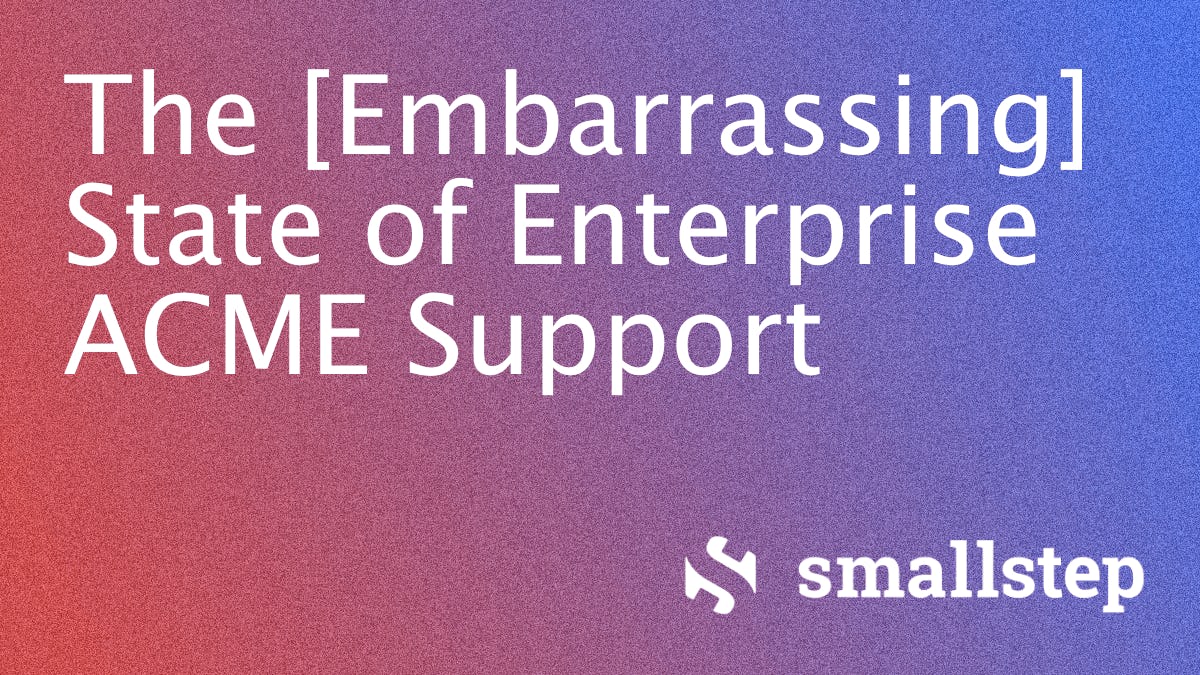
ACME DA, Step Certificates, Technical
Carl Tashian
December 15, 2020

SSH, Step Certificates, Technical
Carl Tashian
December 1, 2020

ACME DA, Technical
Carl Tashian
November 16, 2020

Step Certificates, Technical
Carl Tashian
August 18, 2020

SSH, Technical
Carl Tashian
July 8, 2020

SSH, Technical
Carl Tashian
July 1, 2020

CLI, Technical
Carl Tashian
June 9, 2020

SSH, Technical
Carl Tashian
May 19, 2020

SSH, Technical
Carl Tashian
April 29, 2020

SSH, Technical
Carl Tashian
April 13, 2020

Technical
Mike Malone
September 24, 2019

ACME DA, Technical
Mike Maxey
September 17, 2019

SSH, Step Certificates, Technical
Mike Malone
September 11, 2019
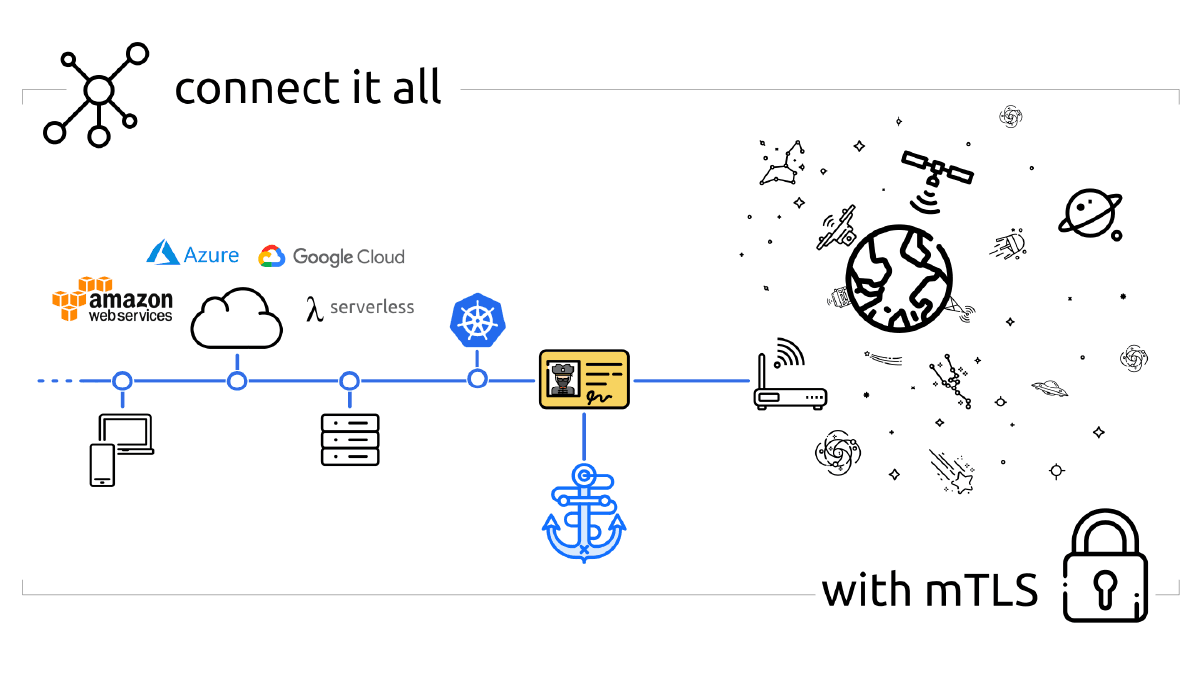
Step Certificates, Technical
Mike Malone
May 2, 2019

Step Certificates, Technical
Max Furman
March 27, 2019

Step Certificates, Technical
Sebastian Tiedtke
February 25, 2019

Step Certificates, Technical
Sebastian Tiedtke
January 28, 2019

Step Certificates, Technical
Mike Malone
December 11, 2018

Step Certificates, Technical
Mike Malone
December 11, 2018